

- RFQ
- BOM
-
Contact Us
Tel: +86-0755-83501315
Email: sales@sic-components.com
- Chinese
- English
- French
- German
- Portuguese
- Spanish
- Russian
- Japanese
- Korean
- Arabic
- Irish
- Greek
- Turkish
- Italian
- Danish
- Romanian
- Indonesian
- Czech
- Afrikaans
- Swedish
- Polish
- Basque
- Catalan
- Esperanto
- Hindi
- Lao
- Albanian
- Amharic
- Armenian
- Azerbaijani
- Belarusian
- Bengali
- Bosnian
- Bulgarian
- Cebuano
- Chichewa
- Corsican
- Croatian
- Dutch
- Estonian
- Filipino
- Finnish
- Frisian
- Galician
- Georgian
- Gujarati
- Haitian
- Hausa
- Hawaiian
- Hebrew
- Hmong
- Hungarian
- Icelandic
- Igbo
- Javanese
- Kannada
- Kazakh
- Khmer
- Kurdish
- Kyrgyz
- Latin
- Latvian
- Lithuanian
- Luxembou..
- Macedonian
- Malagasy
- Malay
- Malayalam
- Maltese
- Maori
- Marathi
- Mongolian
- Burmese
- Nepali
- Norwegian
- Pashto
- Persian
- Punjabi
- Serbian
- Sesotho
- Sinhala
- Slovak
- Slovenian
- Somali
- Samoan
- Scots Gaelic
- Shona
- Sindhi
- Sundanese
- Swahili
- Tajik
- Tamil
- Telugu
- Thai
- Ukrainian
- Urdu
- Uzbek
- Vietnamese
- Welsh
- Xhosa
- Yiddish
- Yoruba
- Zulu
- Kinyarwanda
- Tatar
- Oriya
- Turkmen
- Uyghur
What industries are included in the application scenarios of chip integrated circuits?
Chip integrated circuits, as the core of modern electronic technology, have been deeply integrated into various industries and have become a crucial driving force for industrial upgrading and technological innovation. From the electronic devices we use in our daily lives to the key sectors that are vital to national economy and people's livelihood, chip integrated circuits are everywhere, injecting a continuous stream of impetus into the development of all industries.
Communication Field: The "Nerve Center" Connecting the World
In the communication industry, chip integrated circuits can be regarded as the "nerve center" connecting the world. Take the smartphone as an example. It integrates a variety of chips inside. The processor chip is like the "brain" of the phone, responsible for efficiently processing various complex instructions, ensuring the smooth operation of the system and multi-tasking. The radio frequency chip is like a "translator" of signals, undertaking the tasks of signal transmission and reception, enabling stable and high-speed data transmission between the phone and the base station. Whether it is a voice call, web browsing, or a video conference, all rely on its support. With the advent of the 5G era, 5G communication chips have become even more crucial. These highly integrated chips, with the help of advanced technology, significantly increase the data transmission rate and reduce latency, making it possible to play high-definition videos in real-time and run cloud games smoothly, thus pushing the entire communication industry to a new height. In addition, in wireless communication devices such as Wi-Fi routers and Bluetooth devices, the integrated communication chips also play a silent role in building a wireless communication network in home and office environments, enabling convenient data exchange between devices.
Computer Field: The "Super Engine" of Computation
The computer field is an important application area for chip integrated circuits. The central processing unit (CPU), as the core of a computer, is like the "heart" and "brain" of the whole machine. Composed of a large number of integrated circuits, it shoulders the heavy responsibility of executing various complex instructions, performing data computations, and making logical judgments. The performance of the CPU directly determines the running speed and processing ability of the computer. The graphics processing unit (GPU), on the other hand, focuses on graphics processing tasks and plays a key role in scenarios with extremely high requirements for graphics rendering, such as gaming, film and television production, and scientific computing. For example, in 3A games, the GPU can quickly render realistic lighting effects and delicate scene images. In the field of scientific computing, it can accelerate complex simulation computations. The memory chip is responsible for the temporary storage and quick reading of data, ensuring the timely retrieval of data during the computer's operation. It works in tandem with the CPU to improve the overall operation efficiency. The chip integrated circuits in servers possess even more powerful data processing and storage capabilities, supporting the storage, computation, and distribution of massive amounts of data on the Internet, laying a solid foundation for the development of emerging technologies such as cloud computing and big data.
Consumer Electronics Field: The "Catalyst" for Smart Life
In the consumer electronics field, chip integrated circuits inject a smart "soul" into products and become the "catalyst" for enhancing the user experience. The image processing chip installed in a smart TV can optimize the video signal, improving the picture clarity, color saturation, and contrast, bringing users a cinema-level visual enjoyment. The voice recognition chip inside a smart speaker can accurately identify user voice commands, enabling functions such as music playback, information query, and home control, making home life more convenient and intelligent. The image sensor chip in a digital camera can convert light into electrical signals and perform digital processing, capturing clear and delicate images. The high-performance chip in a game console not only provides smooth game graphics but also supports complex game logic and physical simulations, enhancing the immersion and fun of the game. Even common household appliances such as air conditioners and refrigerators rely on the integrated control circuits for their control panels and automation functions, achieving precise temperature adjustment, intelligent temperature control, and other functions, improving the intelligence and energy efficiency of the products.
Automotive Field: The "New Driving Force" for Transformation
The automotive industry is currently in the wave of electrification and intelligent transformation, and chip integrated circuits have become the "new driving force" for this transformation. In the advanced driver assistance system (ADAS), various sensor chips and control chips work in coordination. For example, the millimeter-wave radar chip is used to detect the distance and speed of obstacles around the vehicle, and the camera image sensor chip identifies road signs, vehicles, pedestrians, and other information. The control chip makes decisions based on this data, realizing functions such as automatic emergency braking, adaptive cruise control, and lane keeping assistance, improving driving safety. For autonomous driving technology, high-performance computing chips are at the core. They need to quickly process massive amounts of data from multiple sensors, perform complex computations and make decisions, and plan the vehicle's driving path. In an electric vehicle (EV), the battery management system (BMS) chip is responsible for monitoring the battery status, achieving precise charge and discharge control, ensuring battery safety, and improving battery usage efficiency and driving range. The power electronics control chip controls the operation of the motor, optimizing the power output.
Medical Field: The "Invisible Guardian" of Health
In the medical field, chip integrated circuits are like the "invisible guardians" of health. Wearable health devices, such as smartwatches and health monitoring bracelets, use small, low-power chips to continuously monitor users' physiological indicators such as heart rate, blood pressure, and sleep, and transmit the data to the mobile phone APP, providing users with health management suggestions. In implantable medical devices, such as pacemakers and insulin pumps, the high-performance integrated circuits inside must possess extremely high reliability and safety, precisely controlling the dosage of drug infusion or the pacing frequency of the heart to maintain the stability of the patient's vital signs. In gene sequencing and bioinformatics research, high-performance integrated circuits can accelerate the processing of large-scale gene data, helping medical researchers discover disease-related genes more quickly and develop accurate diagnostic methods and personalized treatment plans. The chips in medical imaging devices, such as CT and MRI, are responsible for image data acquisition, processing, and reconstruction, providing doctors with clear and accurate imaging materials to assist in disease diagnosis.
Industrial Control and Automation Field: The "Smart Brain" for Efficient Production
In the industrial control and automation industry, chip integrated circuits act as the "smart brain" for efficient production. Industrial robots integrate a large number of sensor chips and control chips inside. The sensor chips sense external environmental information, such as position, force, and temperature. The control chips precisely control the movements of the robot based on this information, enabling it to complete complex tasks such as high-precision assembly, handling, and welding on the production line. The programmable logic controller (PLC) in the automated production line executes logical instructions based on chip integrated circuits, achieving precise control of the production process and coordinating the orderly operation of each production link. With the vigorous development of the industrial Internet of Things (IIoT), sensor chips and embedded system chips can collect the operation data of production equipment in real-time and transmit it to the cloud for analysis and processing through the network, helping enterprises achieve remote equipment monitoring, fault prediction, and intelligent operation and maintenance, improving production efficiency and reducing operating costs. In logistics and supply chain management, RFID tag chips and related reader device chips enable the rapid identification and tracking of items, optimizing the logistics and distribution process.
Internet of Things Field: The "Adhesive" for Connecting All Things
The Internet of Things builds a smart world where all things are interconnected, and chip integrated circuits are the indispensable "adhesive" in it. In the smart home scenario, the integrated communication and control chips in devices such as smart sockets and smart lighting allow them to connect to the home network. Users can remotely control the on/off of the devices and adjust the brightness through the mobile phone APP, realizing home intelligence. In the construction of smart cities, in terms of traffic management, sensor chips monitor the traffic flow in real-time, and the control chips optimize the timing of traffic lights based on the data to relieve congestion. In the field of environmental monitoring, the sensors integrated with chips collect environmental parameters such as air quality, noise, and water quality, providing data support for urban environmental governance. The agricultural field also benefits from this. Through the remotely deployed sensor chips that monitor information such as soil moisture, fertility, and temperature, the control chips automatically control the irrigation and fertilization equipment according to this data, realizing precision agriculture and improving agricultural production efficiency and resource utilization.
Military Field: The "Technological Edge" for Victory on the Battlefield
The military field has a very high degree of dependence on chip integrated circuits, which are the "technological edge" for victory on the battlefield. The chips in the missile guidance system are responsible for accurately calculating the missile's flight trajectory and adjusting the flight attitude in real-time according to the target information, achieving precise strikes. The chips in the radar signal processing unit can quickly process the radar echo signals, accurately detect and track targets, providing crucial intelligence for military defense and operations. The chips in encrypted communication devices use advanced encryption algorithms to encrypt and decrypt communication content, ensuring the security of military communications and preventing the information from being intercepted and cracked by the enemy. In the process of the informatization and intelligence development of military equipment, the high-performance, miniaturization, and low-power consumption characteristics of chip integrated circuits have greatly enhanced the combat effectiveness and informatization level of weapons and equipment.
Other Fields
In addition to the above industries, chip integrated circuits also play an important role in the fields of education and research. For example, the integrated circuit development teaching platform provides students with a practical operation environment, helping them understand the principles of integrated circuit design and testing and cultivating professional talents in the field of electronic information. In the aerospace field, the navigation, communication, and control systems of aircraft, satellites, and other aircraft cannot operate without the support of chip integrated circuits, ensuring flight safety and mission execution. In the financial field, chips are used in devices such as bank cards and payment terminals to ensure the security and convenience of financial transactions.
With their powerful functions and wide applicability, chip integrated circuits have been deeply embedded in various industries, becoming the core force driving industrial upgrading and technological innovation. As technology continues to progress, chip integrated circuits will continue to evolve, shining brightly in more fields and bringing more surprises and changes to our lives and social development.
https://www.sic-components.com/integrated-circuits-ics

Hot Products
View MoreRelated Blogs

2000+
Daily average RFQ Volume

30,000,000
Standard Product Unit

2800+
Worldwide Manufacturers

15,000 m2
In-stock Warehouse



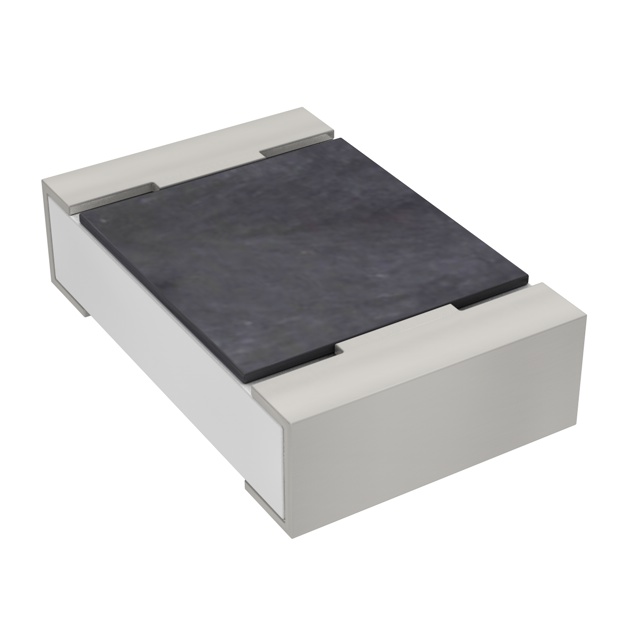
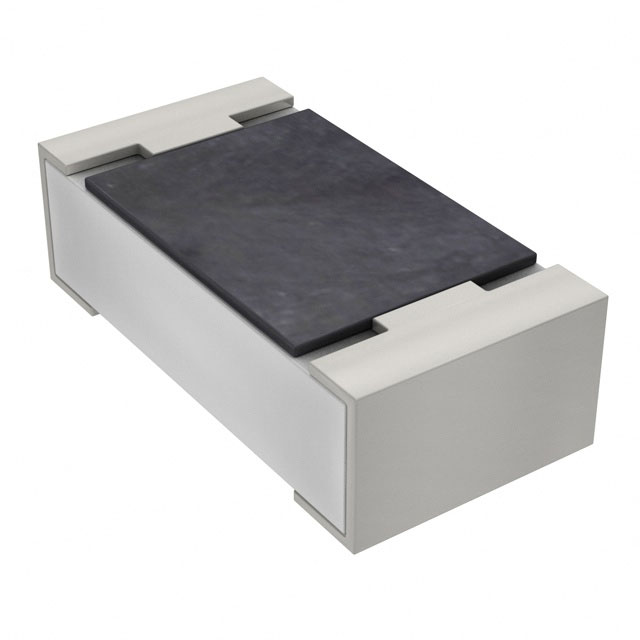

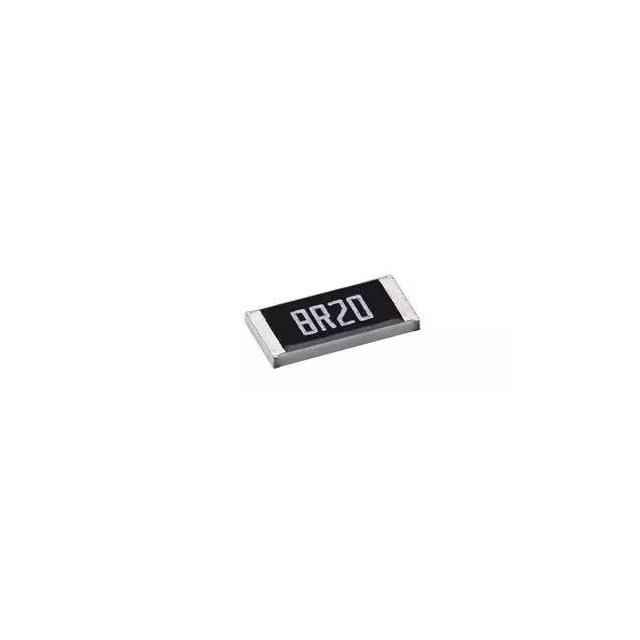


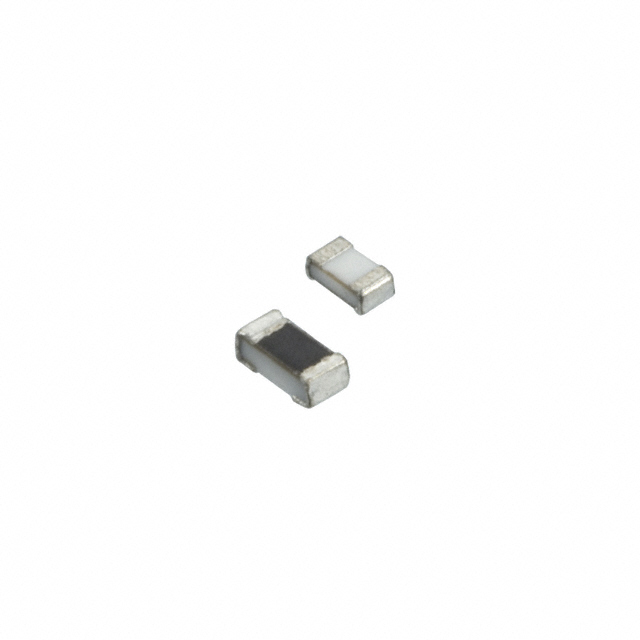
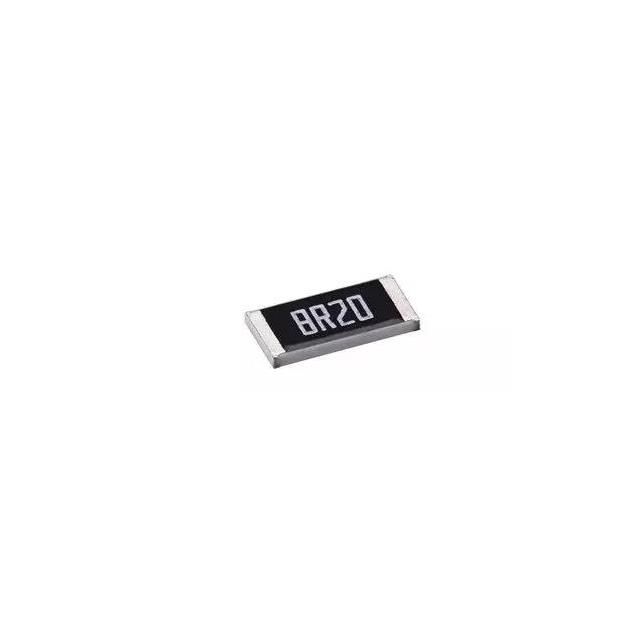
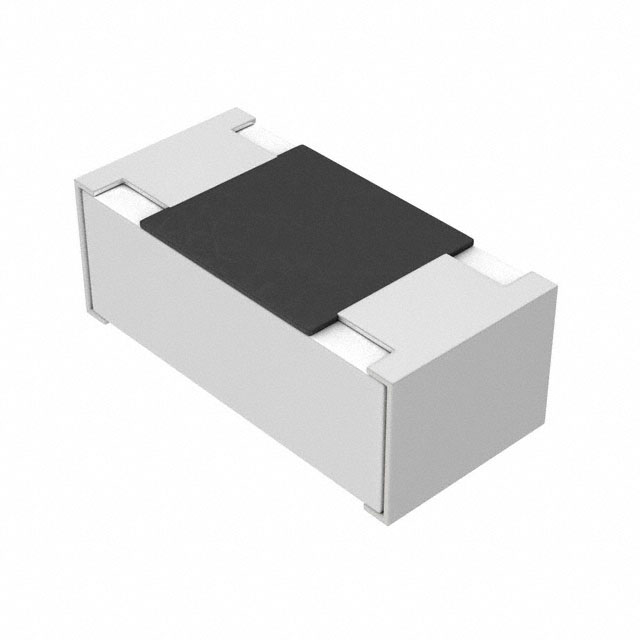

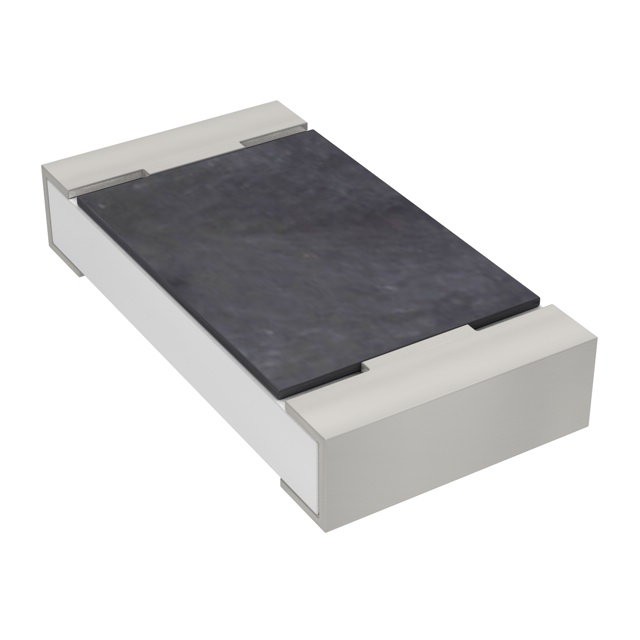
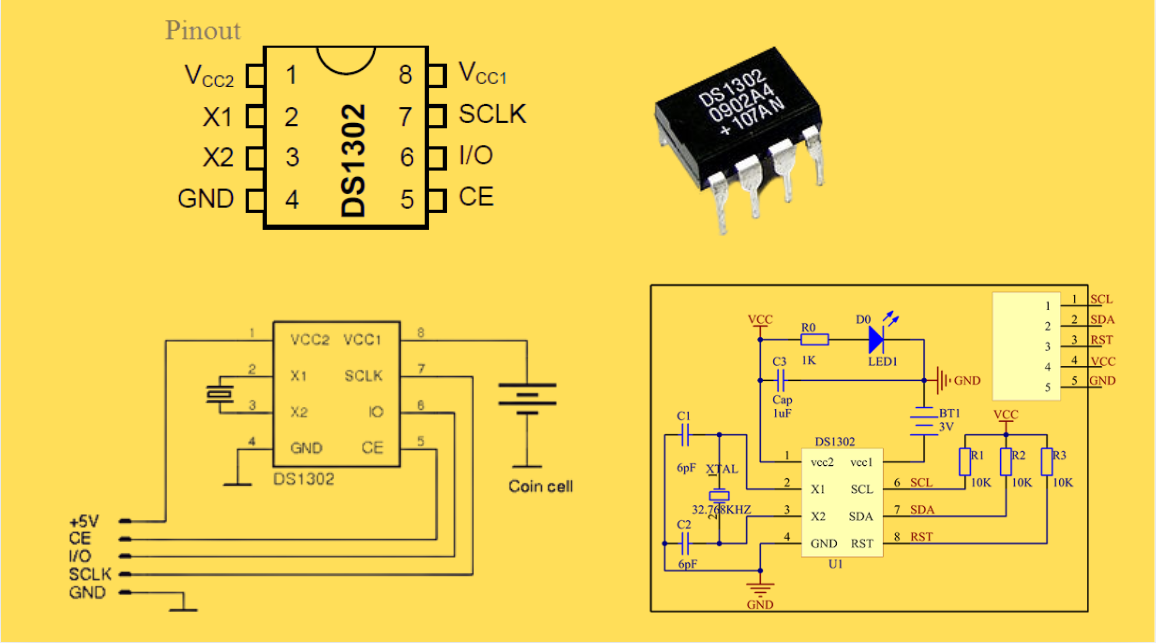
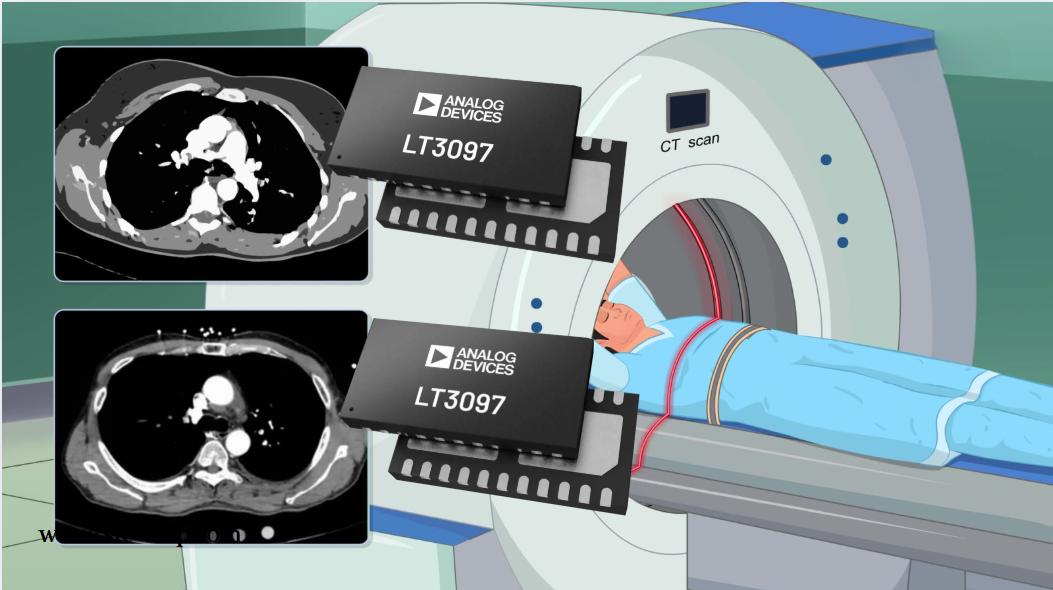
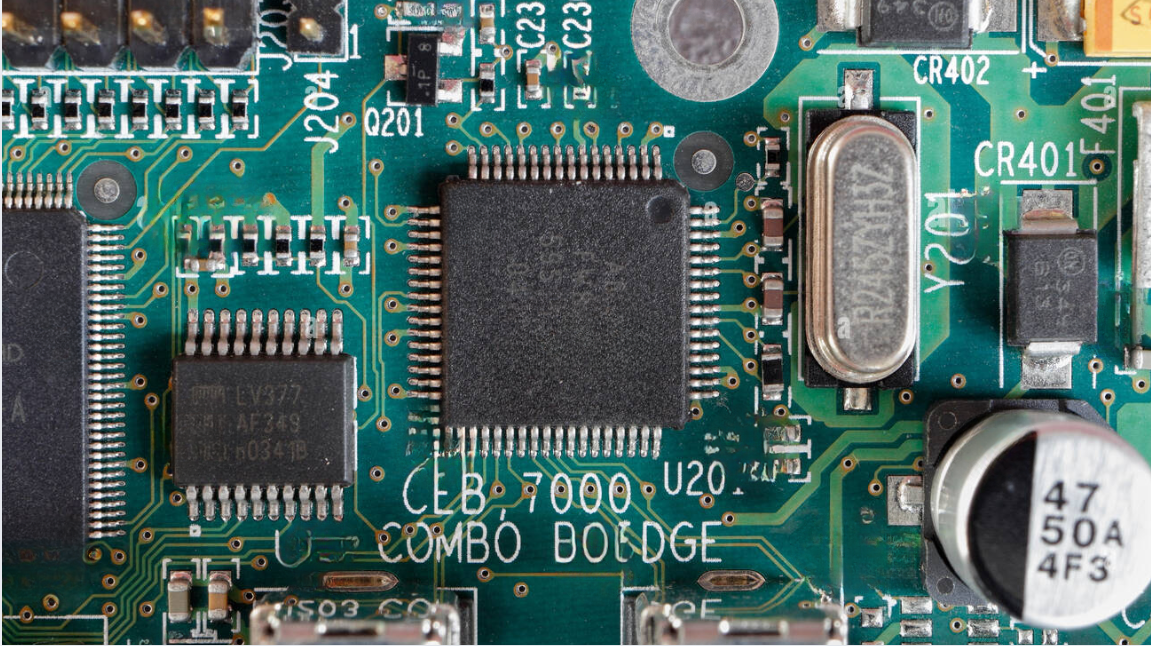
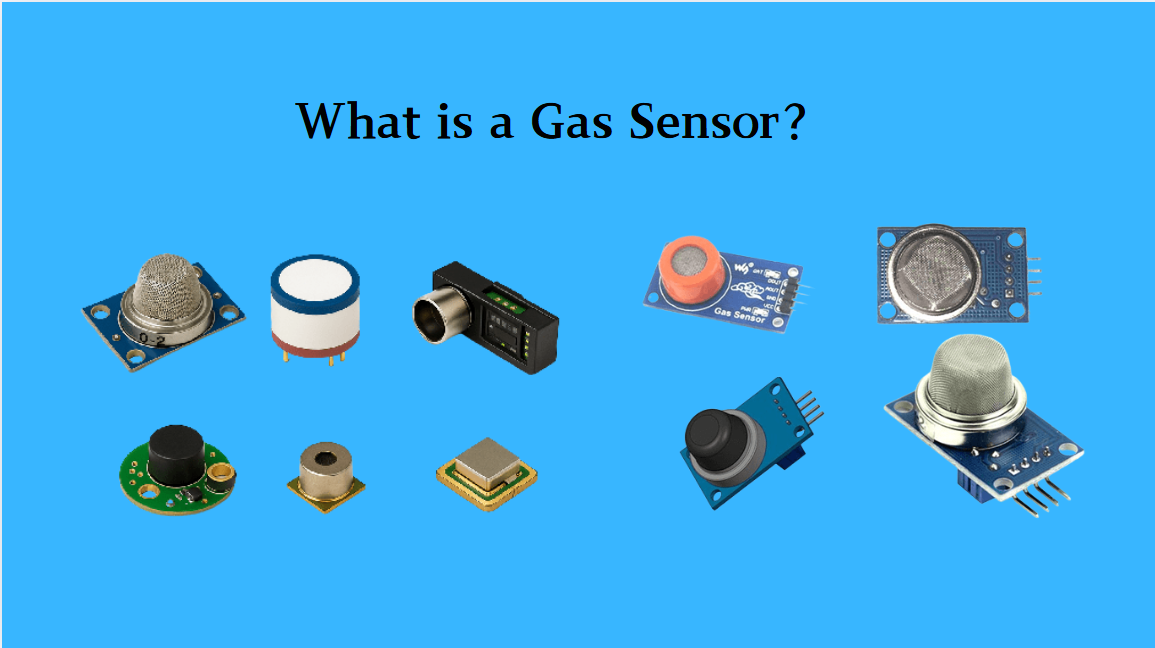
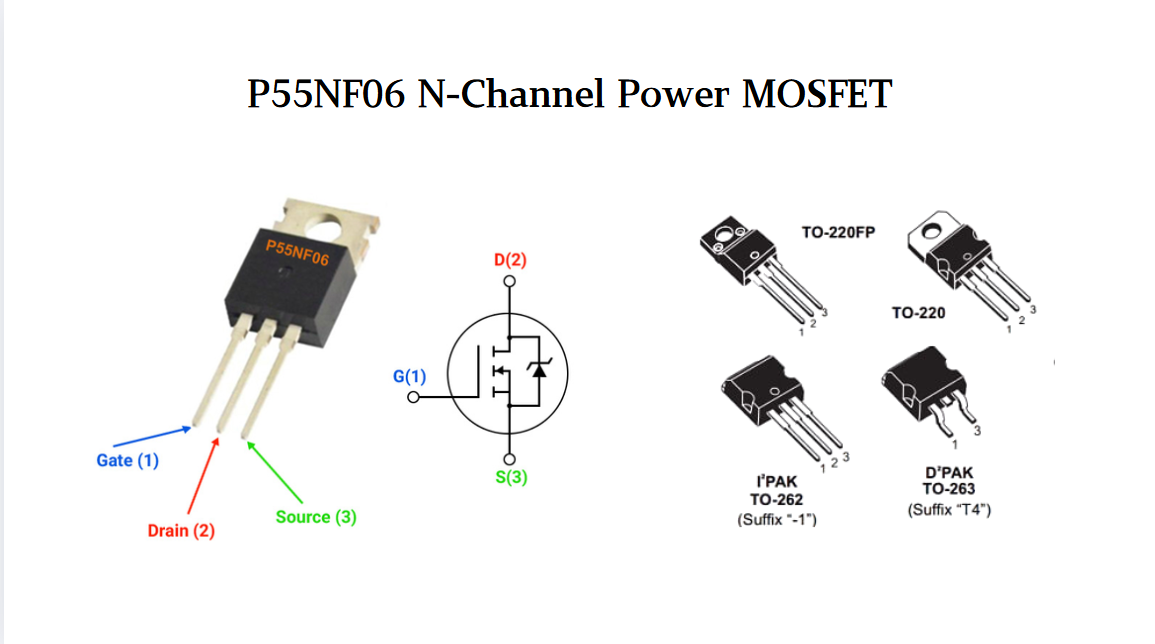
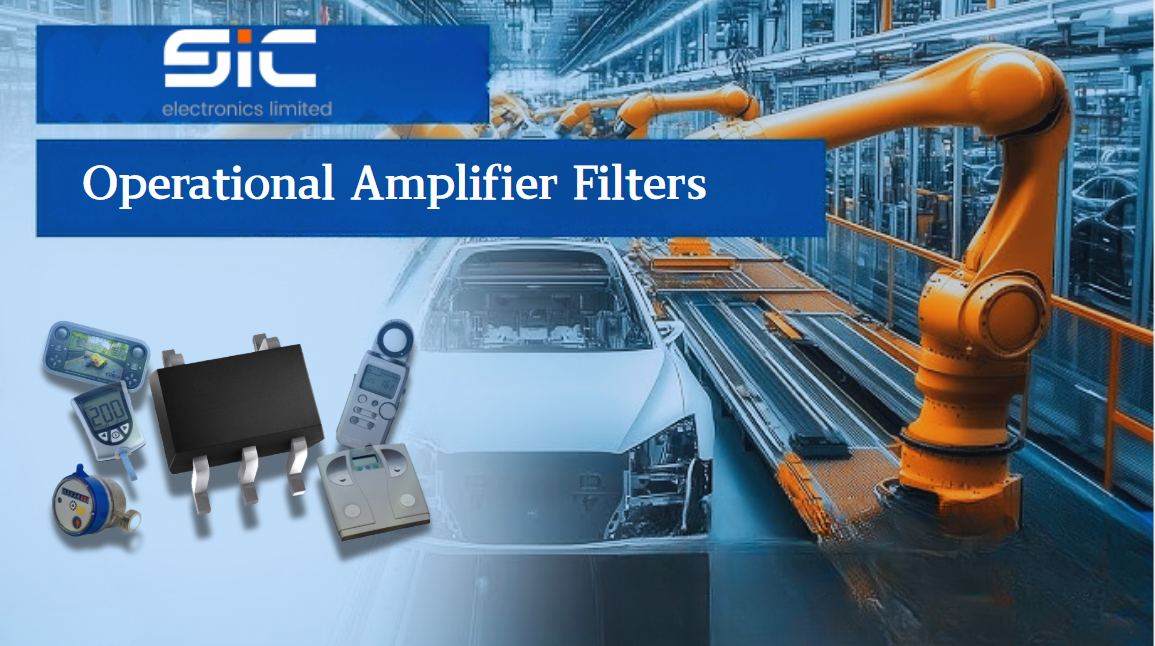
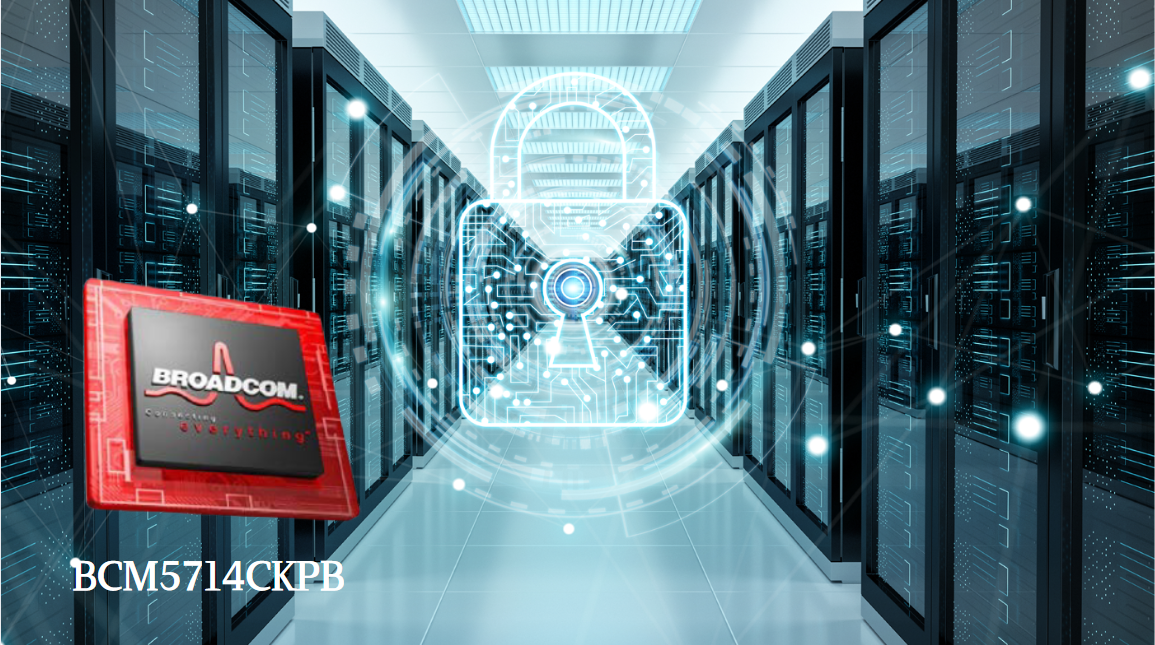
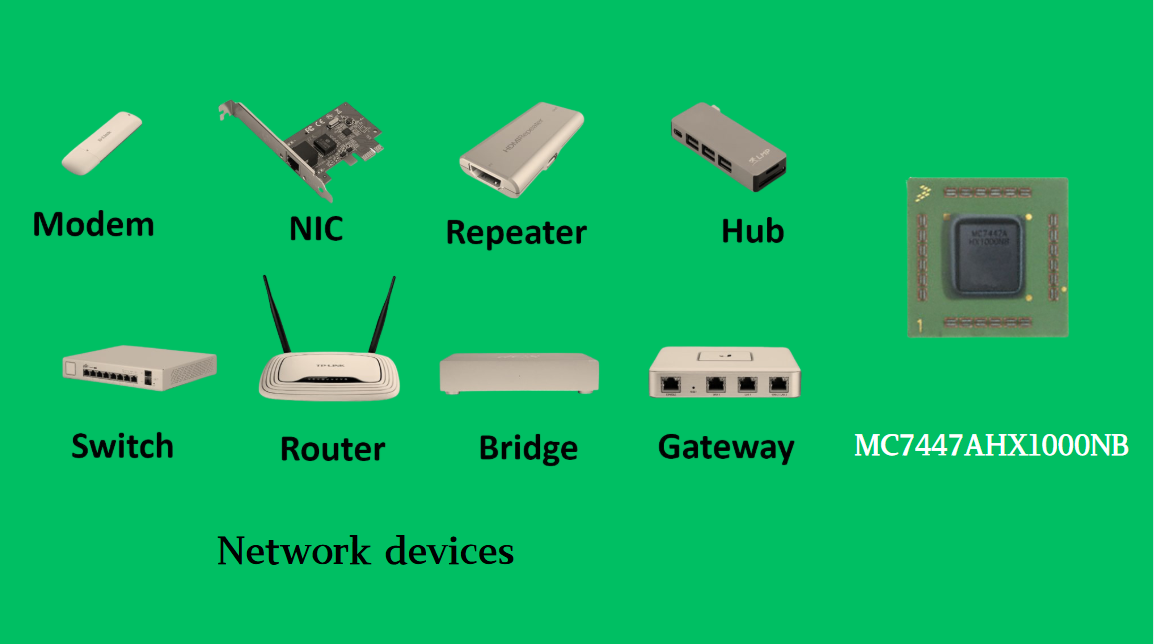

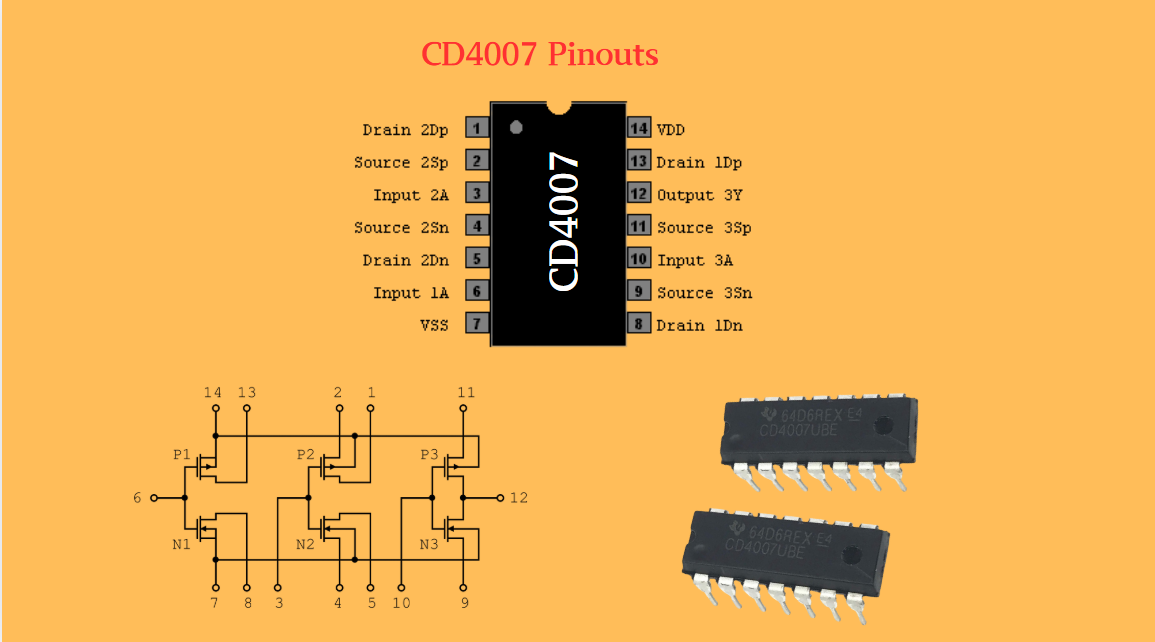
 Wishlist (0 Items)
Wishlist (0 Items)